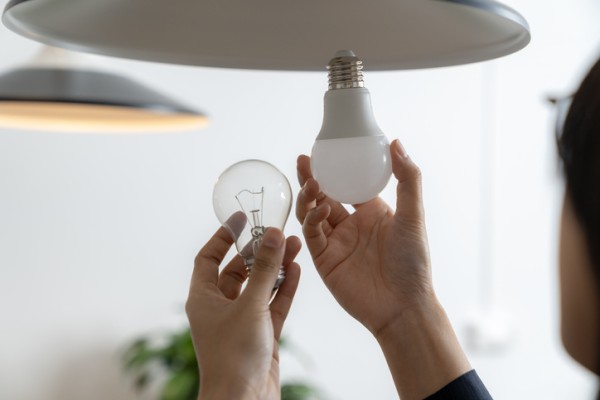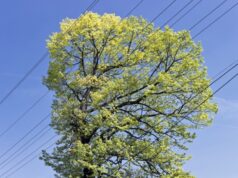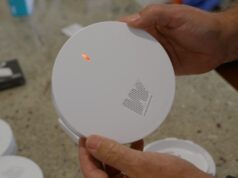
Australia’s lighting requirements are governed by the National Construction Code (NCC), commonly referred to as the Building Code of Australia (BCA), along with supporting AS/NZS standards. These set minimum levels for safety, amenity, energy efficiency and performance across residential and commercial settings.
National Construction Code: current standards
The NCC 2022, which replaced NCC 2019, sets the standard for safety and energy efficiency in lighting across all building types.
- Section J6 (Volume 1) regulates artificial lighting and power in non-residential and commercial buildings. It limits illumination power density (W/m²) for different spaces—such as offices, classrooms and retail areas—and allows for lower limits when control devices like motion or daylight sensors are used.
- Volume 2 (residential) includes provisions like Section 13.7.6, which caps lighting energy usage to a maximum of 5W/m², ensuring efficient design in new homes and major renovations.
Lighting controls and energy saving
Modern lighting controls play a key role in meeting NCC and BCA requirements.
In larger buildings, most light fittings must be controlled by time switches or occupancy sensors. These devices should detect a person before they move 1m into the space, with correct placement critical for compliance. Automated systems can also integrate daylight harvesting to further reduce energy use.
Emergency lighting requirements
Emergency lighting is mandated under Part E4 of the BCA and the AS/NZS 2293 series. Key requirements include:
- A minimum of 90 minutes operation following mains power failure
- Compliance with design and installation standards set by AS/NZS 2293.1, AS/NZS 2293.2 and AS/NZS 2293.3 for new buildings
- Mandatory testing protocols: 24 hours post-installation, then semi-annually and annually, with all faults promptly rectified and records maintained
Phasing out inefficient lighting sources
Australia has phased out inefficient incandescent and halogen bulbs:
- Incandescent globes were banned in 2009, with energy-efficient alternatives becoming mandatory
- The halogen bulb phase-out began in late 2021, with older stock being replaced by LEDs





